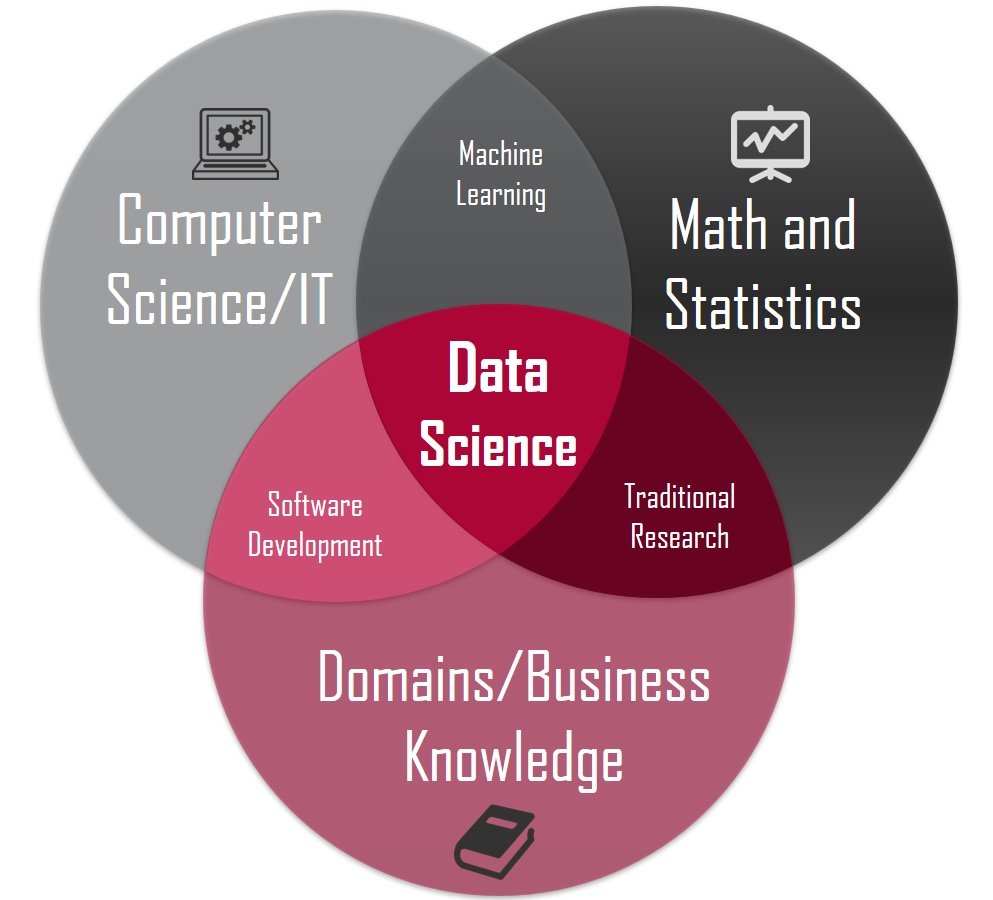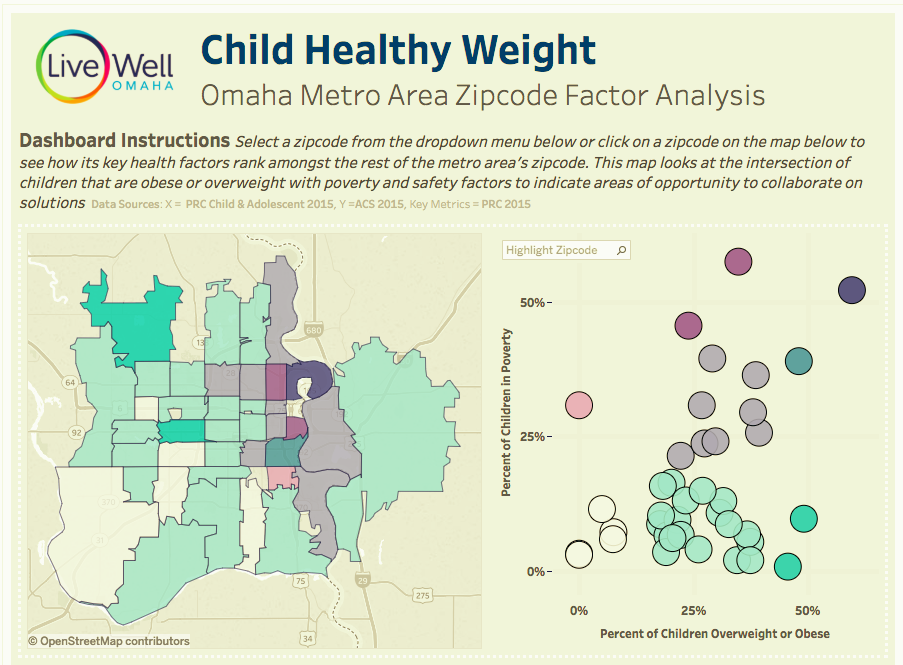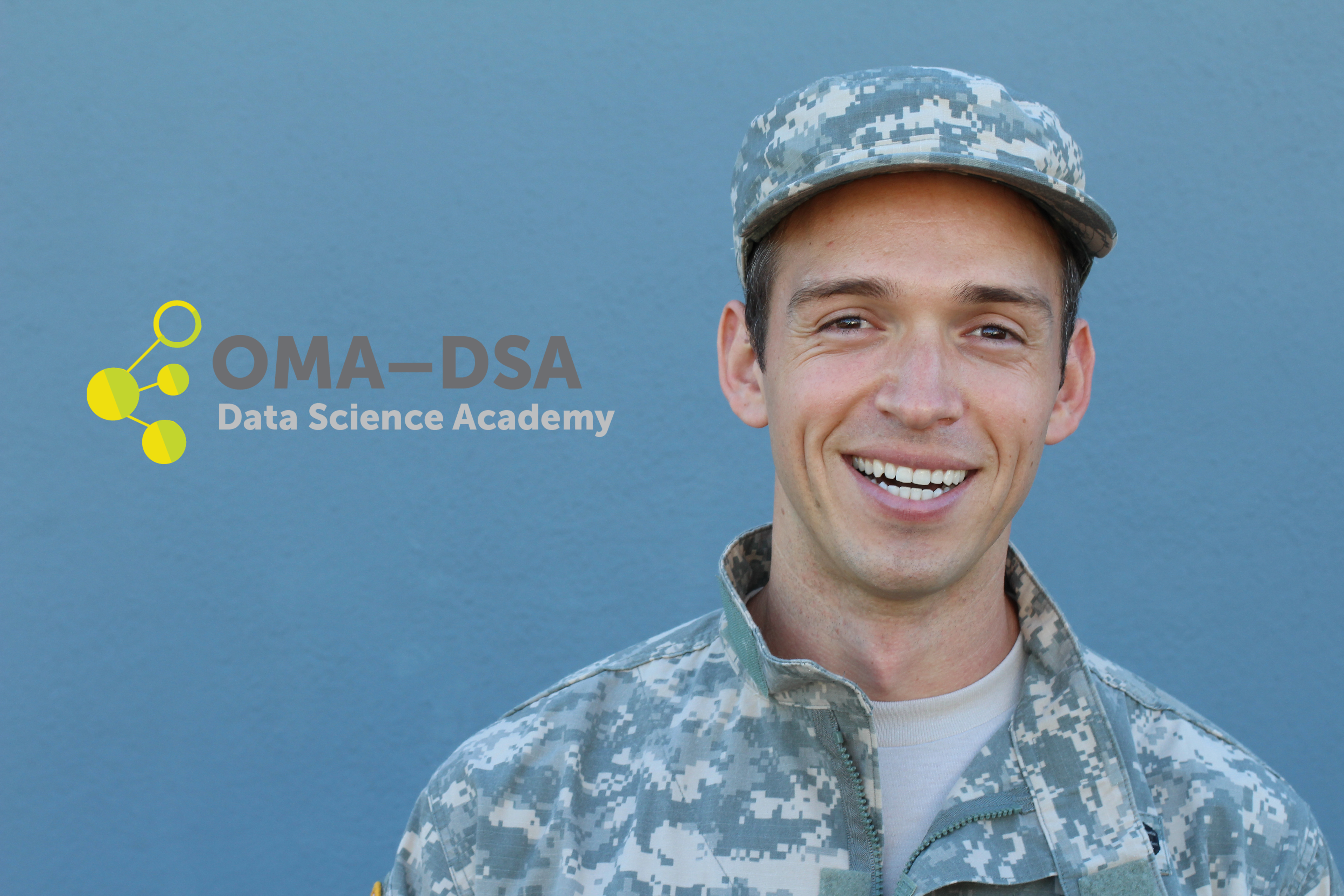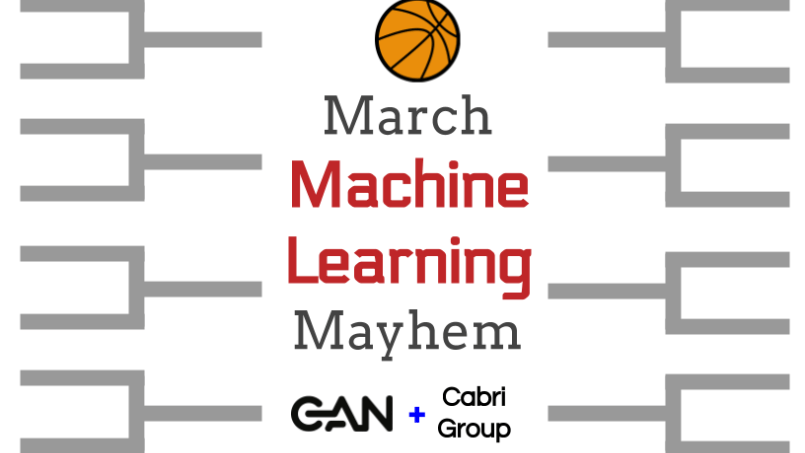We are excited to announce a partnership with Bellevue University, the beginnings of...
News
read more
LinkedIn August Workforce Report
LinkedIn released their August workforce report today which revealed that the...
Data Science on the Plains Meetup recap
Last Thursday, Data Science on the Plains hosted their first meetup event. The event...
Map Chats with Live Well Omaha
Live Well Omaha is a nonprofit that leads a coalition of organizations to collectively...
Good Data Visualization Example: Here’s how America uses its land
Here at Contemporary Analysis, we believe good data visualization is the key to...
Data Science: America's Hottest Job
Data science has been named America’s hottest job by an article written in Bloomberg. In...
GI Bill is now accepted by the Omaha Data Science Academy
The GI Bill is now accepted by the Omaha Data Science Academy. Veterans, in partnership...
GDPR: Quick Summary of New Data Protection Regulations
Your Data Isn't Ready, and Your Company Might Not Be Either As of May 25th, all...
2018 NCAA bracket picks using Machine Learning.
Contemporary Analysis (CAN) and Cabri Group and have teamed up again to use Machine...





